Maramures, cradle of the Romanian village

Maramures, cradle of the Romanian village
Travel to Romania’s picturesque countryside
There is a saying: “Romania starts, where the asphalt ends.” This could not describe any better the highlights of Maramures, the cradle of the Romanian village.
Whenever we are asked why this place is so special in our country, we find it difficult to describe it in words. You have to see it to understand. But, in this article, we will give it a try.
In the past years, many foreigners moved to the villages from Maramures as this is where they found a world that they thought was lost. We might even say it is a region preserved in a time capsule. Here, life remained simple and self-sustainable, with people faithfully respecting old traditions and customs. The villagers have their own small farms with livestock and land to work on, and the forest provides perfect material for crafts and construction.
In the following article, you will be introduced to a brief history of the region and discover the highlights of Maramures:
- A short history of Maramures
- Wooden churches of Maramures
- The Merry Cemetery
- Villages to explore
- “Mocanita” steam train
- Taste of Maramures
- Traditional crafts
1. A short history of Maramures
The name of Maramureş was first mentioned in a document in 1199. But it is believed that Dacian tribes settled in this region way earlier, in around 1000 BC.
When the rest of what we call now Romania was conquered by the Roman Empire in the year of 106 AC, the Roman troops never reached the villages of Maramureş.
Starting with the XVIIIth century, we can read about how the Hungarians expand their power over the settlements from here. In the mid-XVIth century, Maramures is annexed by Transylvania. The locals had to face the Tartar invasions until the 18th century, their withdrawal being the main reasons why so many wooden churches were built.
In 1699, Maramures came under Austrian power, and only in 1918, it joined Romania. Actually, only the southern part. The Northern part is even today in Ukraine.
WWII was tough for the people of Maramures as their region was controlled for years by Hungary, the ally of Nazi Germans. Unfortunately, the Jewish population from Sighetu Marmatiei and the nearby villages was sent to Poland in the extermination camps. Sighetu Marmatiei is where the Nobel prize winner and Holocaust survivor, Elie Wiesel, was born. Writer, journalist, and human rights activist Elie Wiesel was born in a Jewish family in Romania. He published 57 books – the most famous being “Night,” an autobiographical description of his life in the Nazi extermination camps. His memorial house can be visited in Sighetu Marmatiei still.
During the communist regime, Ceausescu did not destroy the traditional culture through the systematization policies as it happened with the rest of the country and other large cities of Maramures (Baia Mare, Satu Mare, and Sighetu Marmatiei).
Maramures is a distinct cultural region in North-West Romania where people learned to live in harmony with the natural environment and kept their old traditions faithfully from generation to generation.
2. Wooden churches of Maramures
Maramures is the land of wood, so there is no wonder why wood remained the main construction material in this area. Houses, fences, gates, churches are made of wood with such creative and elegance, bringing together nature and traditions, functionality, and beauty.
Even though little by little, in the bigger villages, the people are renouncing their wooden houses and are building others that are larger and more comfortable, but with no personality, there are still remote places where you can admire the original style and the wooden structure of these traditional dwellings.
The wooden churches, on the other hand, are extraordinary and typical for this area. With tall and slim towers, the roof in two levels covered with shingles, these churches are reminding about the first churches built by the Cristian Vikings. This style has spread both in Ukraine and in the mountainous areas from the Carpathians in Poland, Romania, and today Slovakia.
UNESCO Churches of Maramures
There are around 100 wooden churches in Maramures, most of them being Orthodox. Staring with 1999, 8 of them are also listed UNESCO World Heritage Monuments: the wooden churches from Budesti Josani, Desesti, Barsana, Poienile Izei, Ieud Deal, Surdesti, Plopis, and Rogoz. These are the expression of the local peculiarity of the cultural landscape from this mountainous area in Northern Romania.
The churches are remarkable thanks to the wooden joints and shingle covering technique and the ornamental motifs visible on the surface of the portals. The frames symbolize plants, animals, and geometric elements created by chiseling and cresting.
Most churches can be visited every day, but on important holidays you might see just the exterior of the churches due to the religious mass. Also, consider wearing decent clothes when visiting them, or you can cover yourself with different clothing accessories available at the entrance. Gentlemen, do not forget to take off your hat inside the churches.
3. Merry Cemetery
Oh, yes! The Merry Cemetery. Even though you might feel strange about visiting a cemetery, for sure, you won’t find a more cheerful place to see.
The Merry Cemetery from the village of Sapanta has gained originality and value thanks to chopped, carved, and painted crosses on which the artisan has chiseled out versified epitaphs, most of them full of a remarkable sense of humor, particular to the area and all the Romanians. The value of these works of art is recognized both at home and abroad.
Everything started with the idea of Stan Ion Patras, who made the first cross in 1935. Since 1960, around 800 crosses were made for the tombs of the locals, thus turning the cemetery into an open-air museum and a tourist attraction.
The crosses are painted in a bright blue color and chiseled with scenes from the dead person's life for whom the cross was made. Some crosses are painted on both sides. On one side, it is a description of the life of the buried one, while on the other side, there is a description of the cause of death. Sometimes, two persons are buried in the same grave. These images are completed with the funny epitaphs composed by the carver and written with spelling mistakes or following archaic scripts.
If you have some more time, do not miss the workshop of the carver (a former apprentice of Stan Ion Patras) located around a 7-minute walk from the cemetery.
Visit hours: every day between 10:00 am and 6:00 pm. During the warm months, the cemetery is open to visitors even after 6:00 pm.
Entrance fee: 5 lei per person (Romanian currency cash only)
4.Villages to explore in Maramures
As we have mentioned already, Maramures is all about the countryside, and the people.
There are many villages you can visit and enjoy a nice stay at the local guesthouses. You can meet with the locals, discover their traditional lifestyle; you can even help them with their daily activities, hike in the nearby mountains, admire the traditional costumes most of all on Sunday mornings at the churches, and also try the fresh and organic food.
Some villages that you could consider visiting in Maramures: Ocna Şugatag, Budeşti, Breb, Hoteni, Hărniceşti, Deseşti, Mara, Vadu Izei, Dragomiresti, Poienile Izei, etc. Some of them are included in the GreenWay Heritage Trail, which connects mountain-protected areas and villages, attracting travelers (bikers, photographers, hikers, tourists) who enjoy recreational outdoor activities. This is a multi-functional trail for non-motorized users that usually connects communities, local initiatives, valuable natural and cultural areas, thus promoting a clean environment and a healthy lifestyle.
5. “Mocanita” steam train
Another experience one should not miss while in Maramures is a trip with the “Mocanita” steam train that rides on a narrow gauge.
Built after World War I to transport the wood, Mocanita is still used – surprisingly – for the original purpose. Nowadays, despite his advanced age, the steam locomotive has been given another task: transporting tourists.
“Wood” and “water” are two words that best define Maramures. The history and traditions of Maramures are carved in the wood of the churches and gates and follow the rivers spread across the area, like a spider net, forming the well-known valleys of Mara, Iza, Vişeu, and Vaser rivers.
Among them, Vaser Valley is important for tourists. It crosses the mountains of Maramureş amidst one of the most beautiful and wild landscapes in Romania. The Vaser River is about 60 kilometers long, forming a spectacular valley, like a canyon, where rocky cliffs alternate with frequent forests and wonderful springs.
The railway follows the river Vaser Valley. It represents one of the last railways for steam locomotives, which is still active in Europe, being the only one in Romania still used to transport wood from the mountains.
The train ride lasts around 6 to 7 hours.
6. Taste of Maramures
The locals respect the Romanian motto when it comes to food. So, they believe that the best vegetable is pork. Nevertheless, Maramures is probably the only place in the country where you will be served with plum brandy (palinca) at breakfast. Those who have tasted palinka will understand this habit, for sure. It is a local drink made of fermented plums and boiled twice. The concentration of alcohol exceeds many times 50 degrees.
Local superstitions and traditions
For the people of Maramures, having a meal is a cultural act, with social valences, based on ancient customs. The guest must consume all the food and drinks he is served with. Otherwise, the host will feel offended.
Tourists who choose to visit Maramureş must know first of all that the locals welcome the foreign guest in the house, thinking that “he might be hungry after the long way.” Anyone who crosses the threshold of a house in Maramures knows that the guest will always sit at the table at the so-called “place of honor,” as is the case with the elders or the important people of the village (the priest or the teacher).
In Maramures, another habit that is still practiced today is that the master of the house, the man, will usually be the first to drink, and only then will the guest do the same. It is also known that no one begins to eat until making the sign of the cross, standing with the face to East, or until prayer is said. Also, always before cutting the bread, the host is making the sign of the cross. This is a practice that parents have learned from their grandparents and passed it down from generation to generation.
Traditional cuisine
The traditional cuisine in Maramures is simple and based on rather heavy ingredients: meat, fat, spices, and cheese.
You will find lots of types of cheese (goat, cow, and most of all sheep) that you can eat simply with vegetables or add to different dishes or even desserts.
Also, the sausages and pastrami are highly appreciated, and most of the time, they are homemade as each family makes their own sausages.
The vegetables are coming from the backyard garden or sometimes even from the individual greenhouses.
- “Tochitura Maramureseana” is a meat thicker stew served with polenta and chili peppers.
- The Sheperd’s Bulz is a delicious combination of polenta, cheese, sausages, and eggs.
- Polenta served with cheese and cream is another typical dish very appreciated by the locals and tourists.
- The traditional “sarmale” (rolled minced meat) could not miss, of course, being served with polenta and cream. You can also serve it with chili pepper for an extra flavor.
- The soups “ciorba” are also very popular. These are clear soups with vegetables and meat that can be eaten with homemade bread. The most delicious soups are the meatballs ciorba, the beans, smoked meat ciorba, beef ciorba, and even a local goulash ciorba.
- Being a mountain area with a wide net of fast rivers, in Maramures, people also appreciated the trout that they will either fry or grill and serve with polenta and some garlic sauce.
The desserts are also delicious. The sponge cake is very good with nuts, raisins, and Turkish delight. Also, the doughnuts stuffed with cheese and drill or with cheese and parsley are quite a delight for the taste buds.
7. Traditional crafts
They are closely related to wood. The people are famous for their woodwork skills building the famous monumental gates that can be seen at almost every homestead and smaller objects with practical and ornamental purposes: wooden spoons, small chairs, chests for the valuable objects, etc.
Building the famous Gates of Maramures is a real art. The gates are unique thanks to the way they are built, the size, and especially how they are decorated with plant and geometrical motifs that symbolize richness, faith, the eternity of life. The gate represents the first visual contact between those from the family and those from outside. According to the old belief, it was a true barrier in front of evil, fulfilling the role of a genuine protective curtain. During official celebrations, the gates are beautifully decorated differently, respecting the traditions of each region or village.
Also, the Masks of Maramures are quite well-known in the country. Made of fur, leather, and cloth, they lend courage to the wearer, most of all on New Year Eve when the people are trying to scare the evil and thus to chase it away so that eventually they can enjoy a new prosperous year.
Let’s not forget about the women of Maramures who have been providing their families, houses, and churches with textiles woven during the long winter nights.
Some workshops can be visited in each village, and people will be more than delighted to show you their work and why not, even teach you some tricks.
This is a concise introduction to this magic land of Maramures. Maybe William Blacker was more successful in describing this region after spending more than 7 years here with the locals. He was actually the one who made the Maramures area known to the foreigners, and the first one to visit it was no one else than Prince Charles of Wales. It is a real pleasure to read William’s book and see this special place through his eyes. You can do the same by reading his book “Along the enchanted way.” You can also read more about his experience in another article from our travel blog: One country, three books. Or better still, you can visit us. You won’t be disappointed.
Book our Treasures of Romania small group tour and visit the highlights of Maramures. You will meet local families, visit artisans and the wooden churches, shop in the traditional markets, and amuse yourself in the Merry Cemetery.


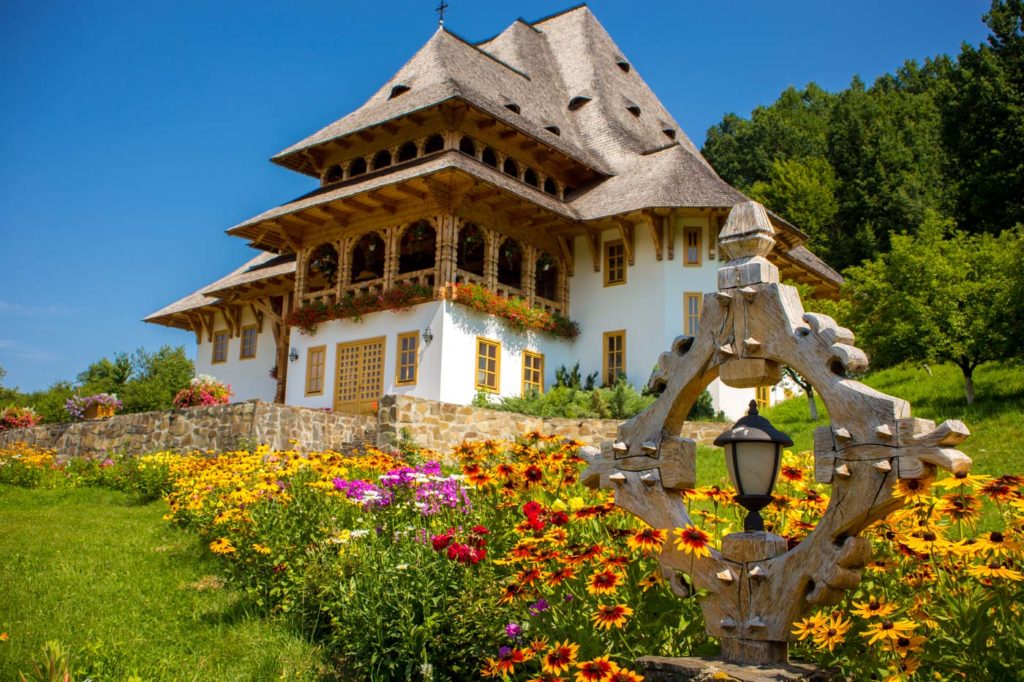

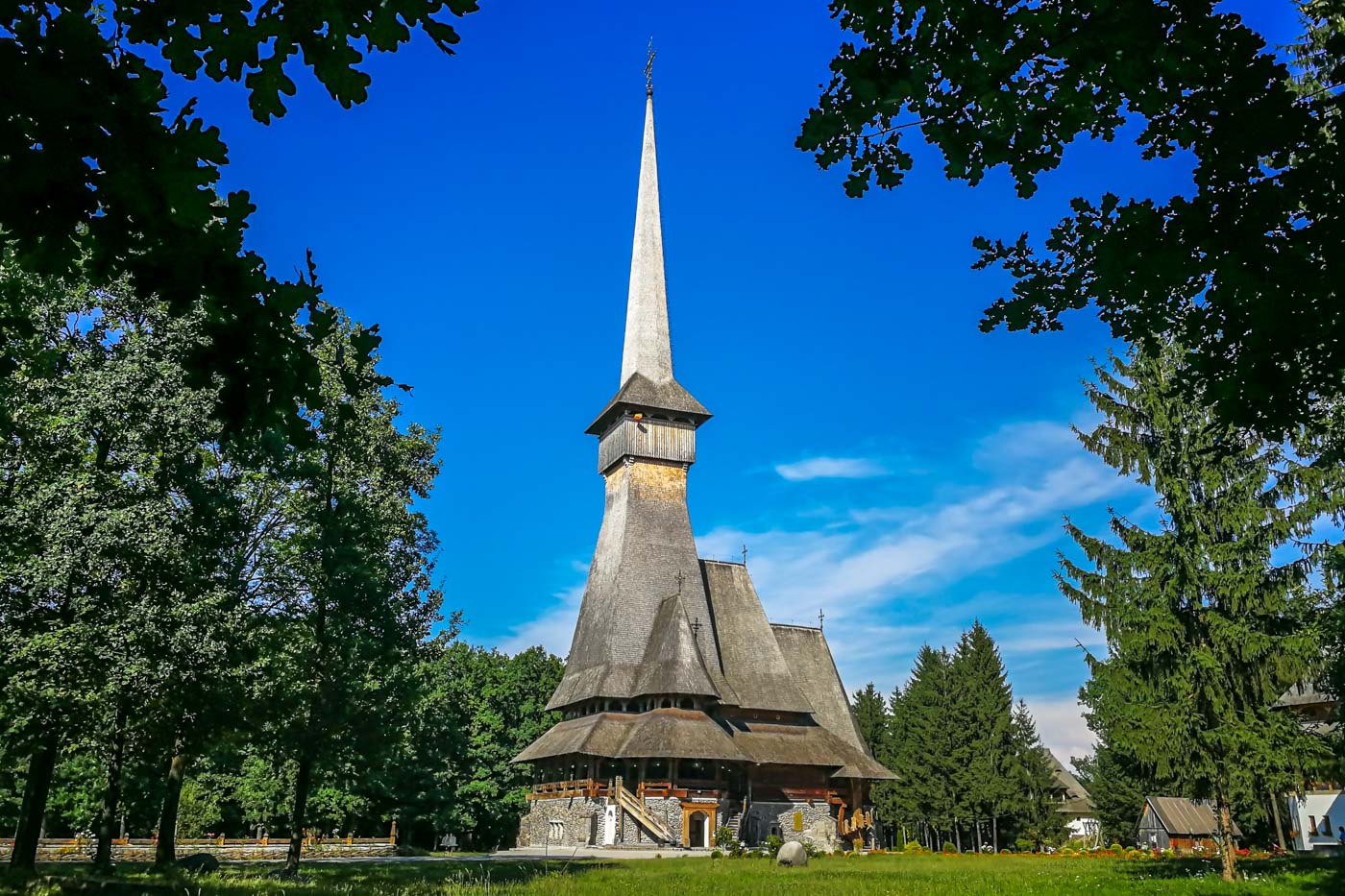

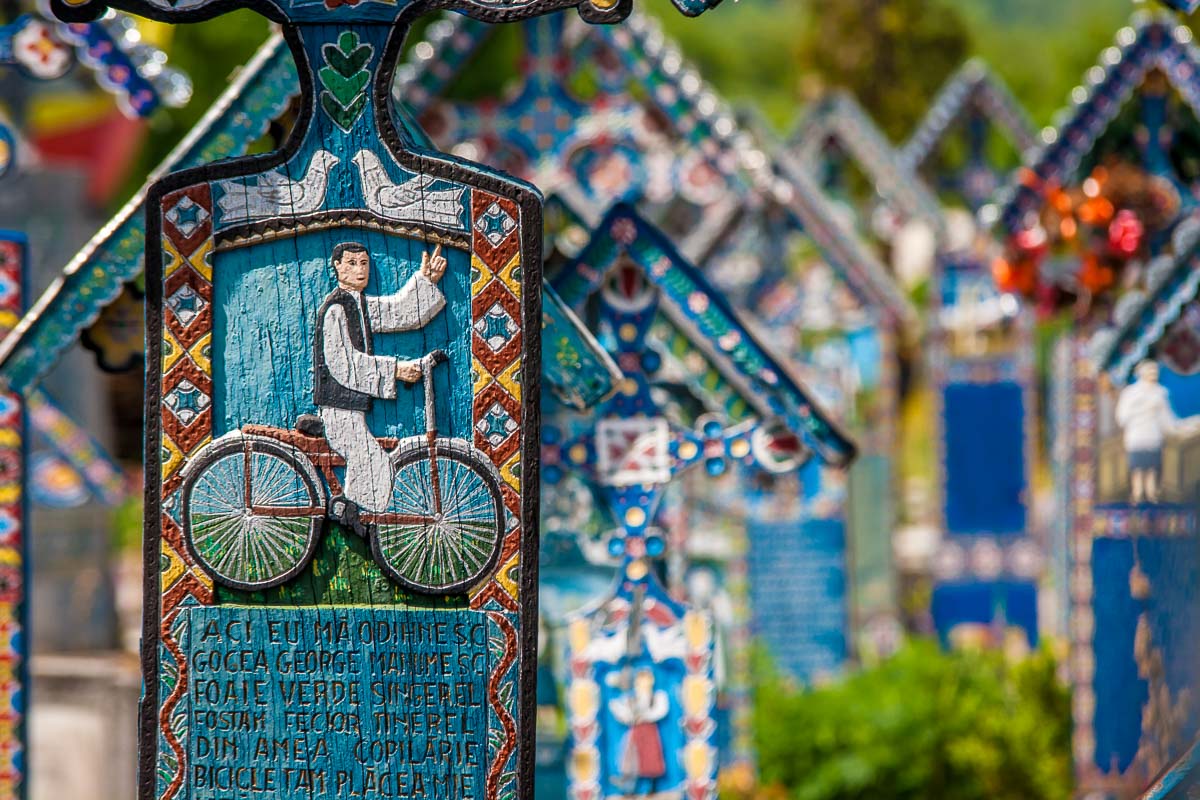


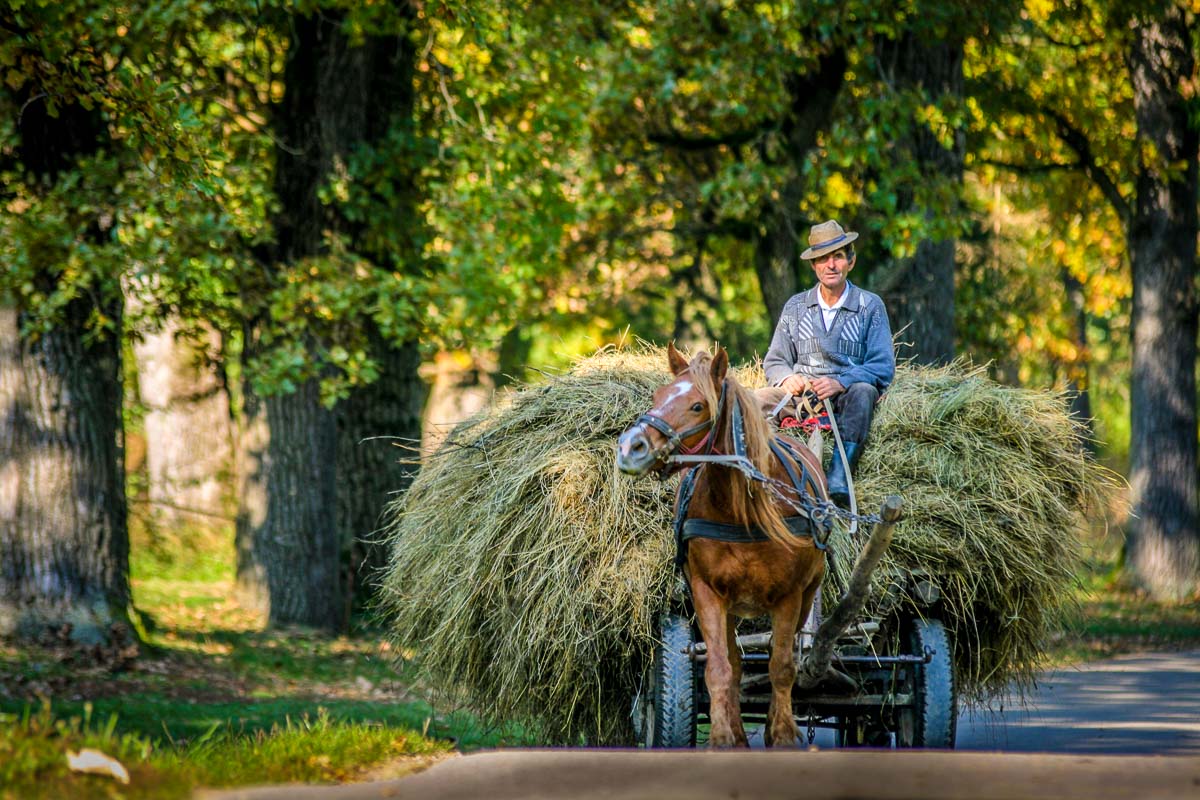



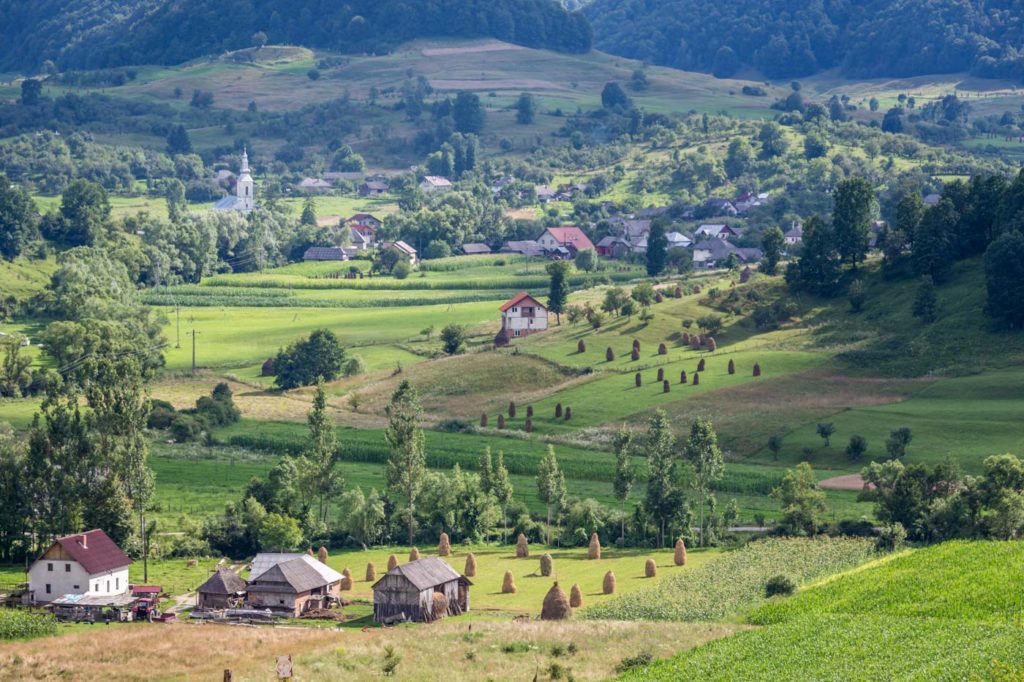
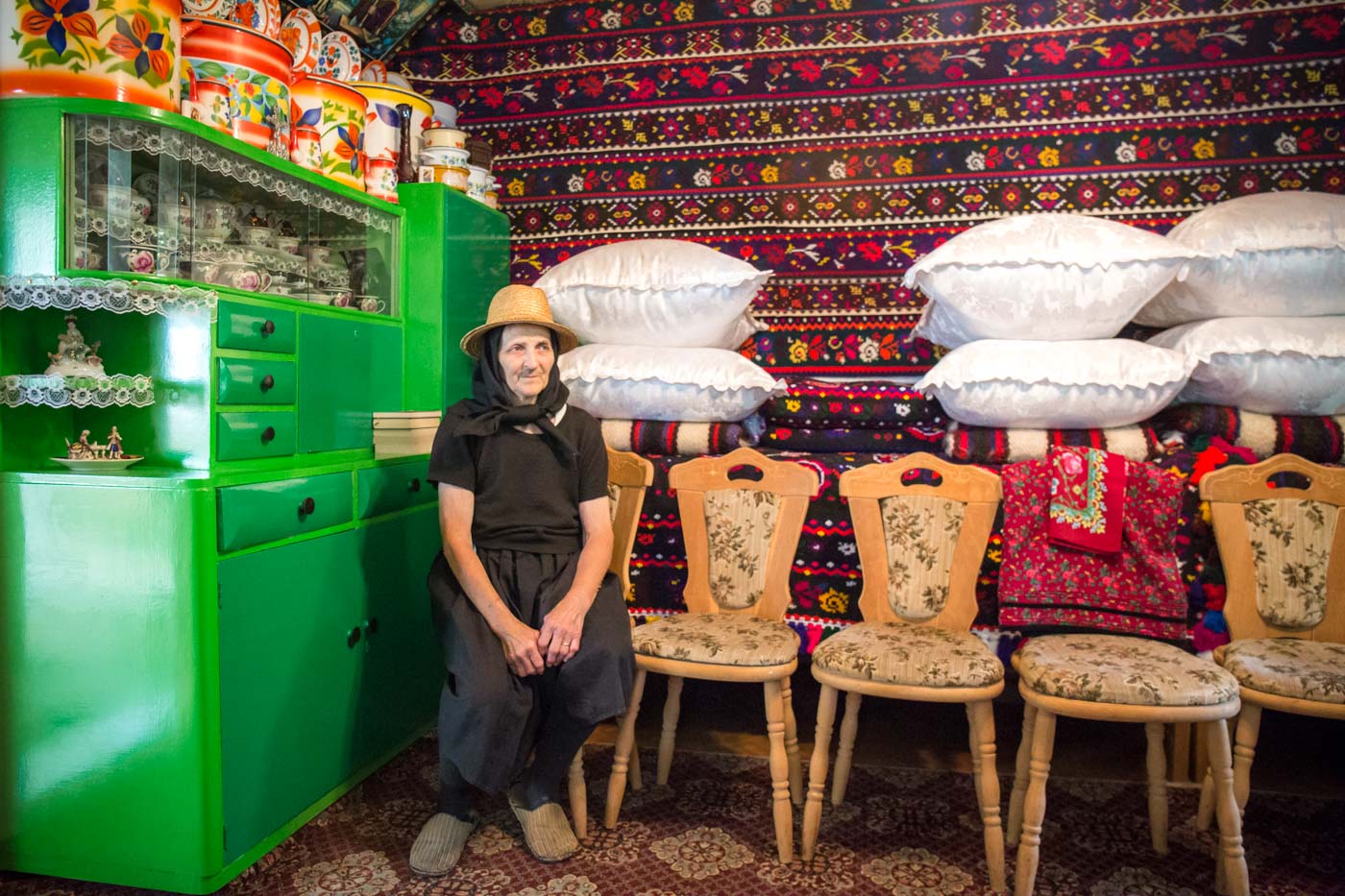

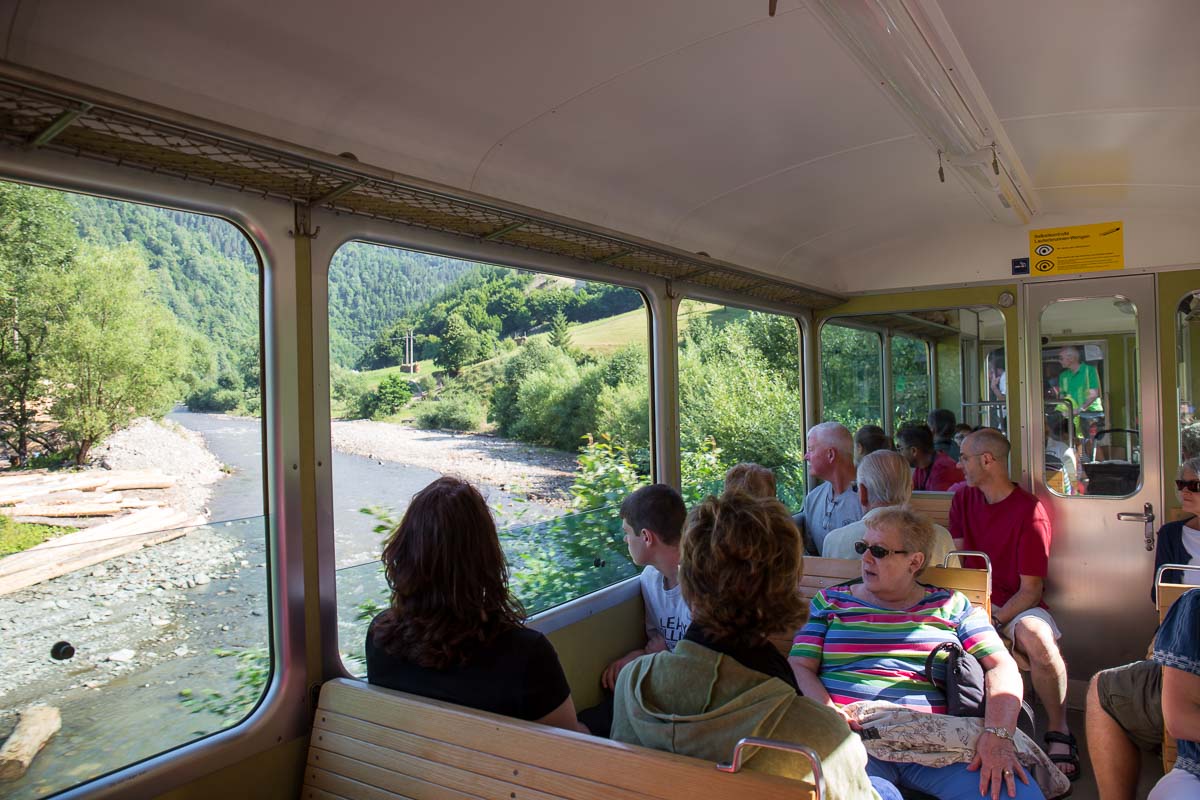




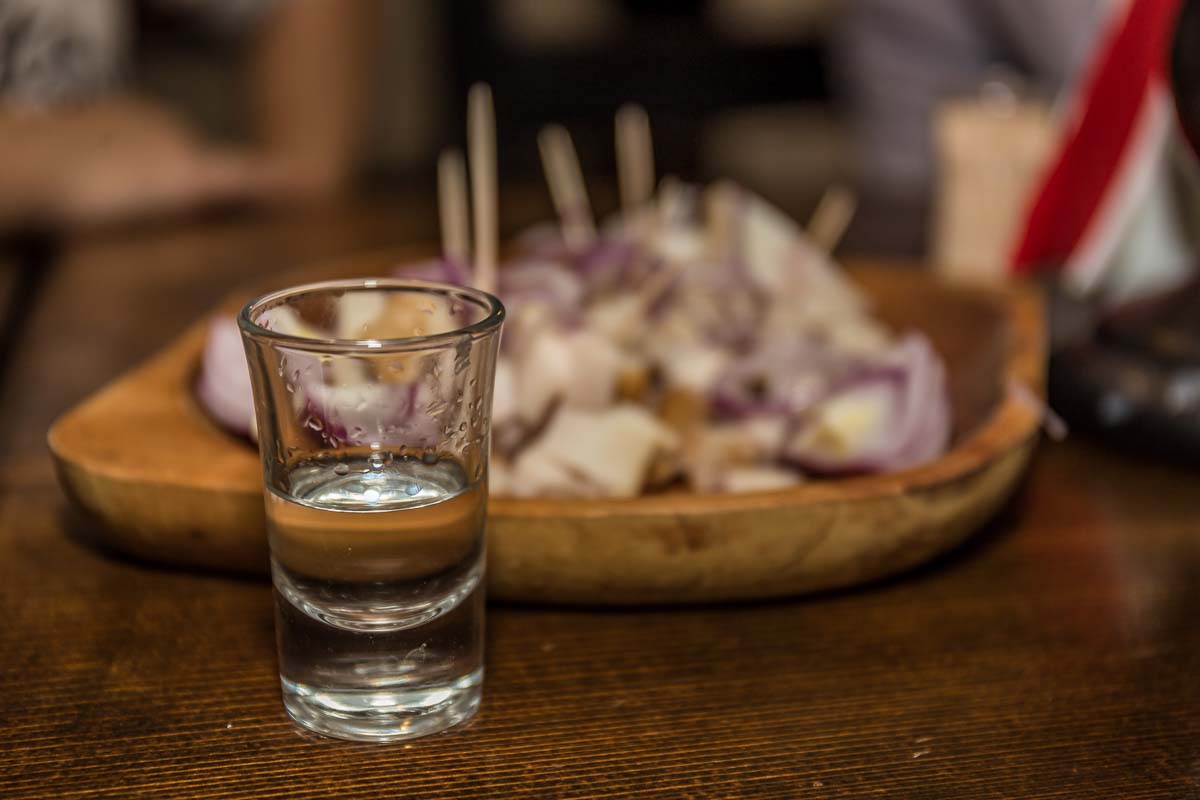
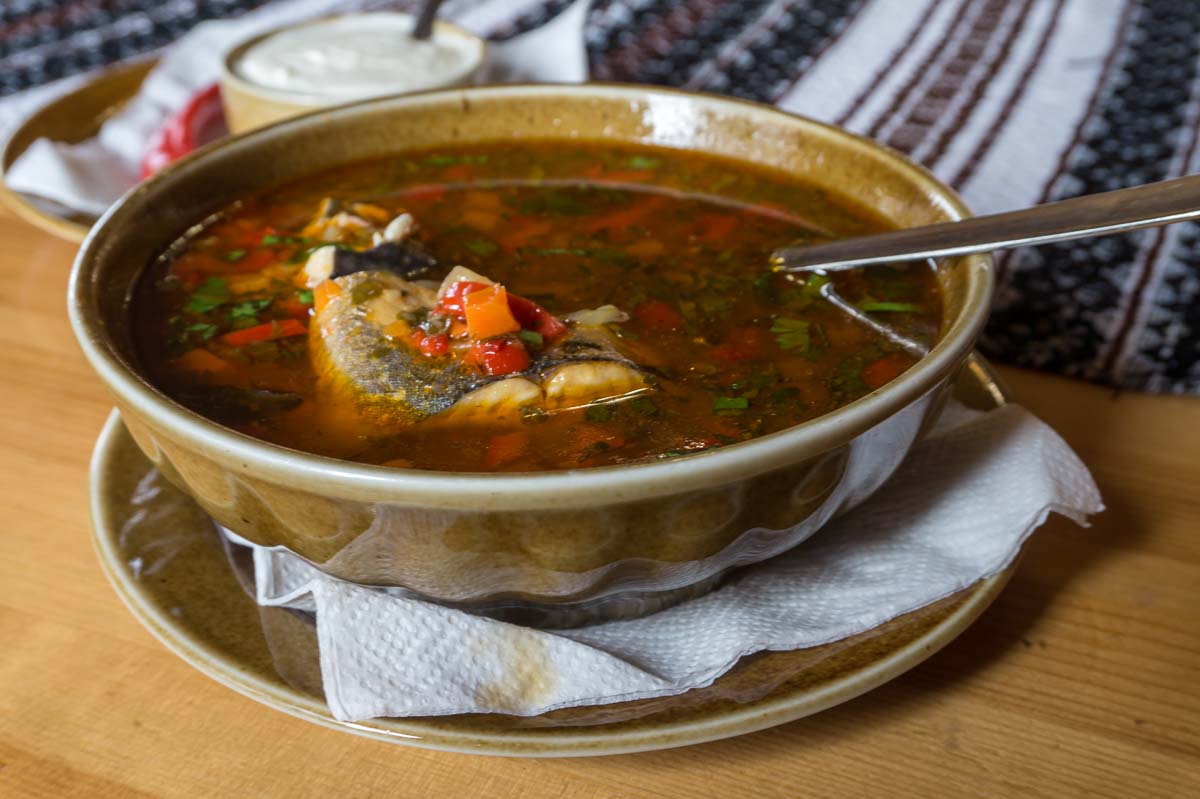




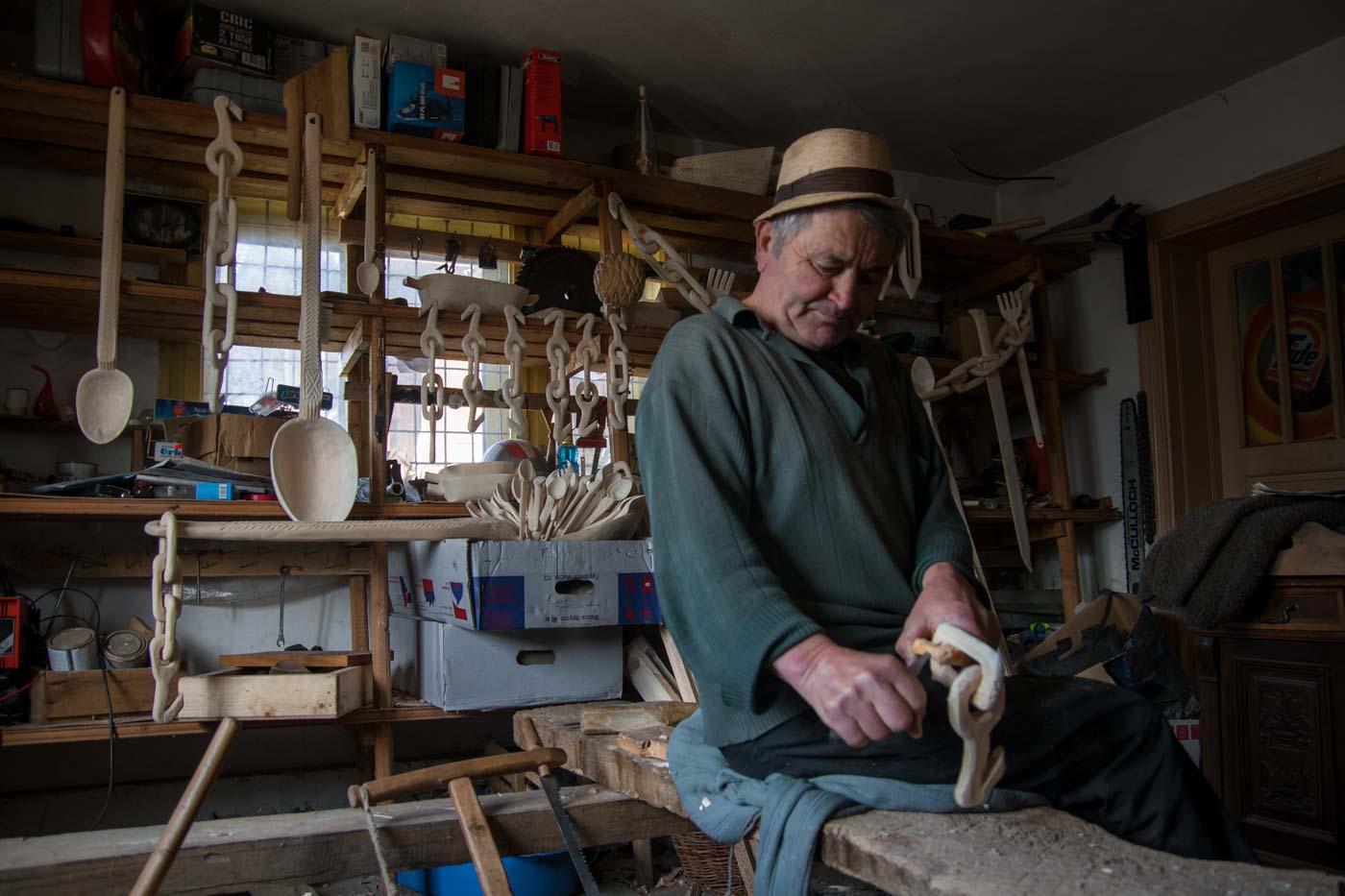



Valentina Marinescu
Travel is my first name. If my passion for traveling involves a bike, it's even better. And if the day ends with a good book and a dry red glass of wine, then I live in a paradise.
Latest posts by Valentina Marinescu
Sharing is caring!